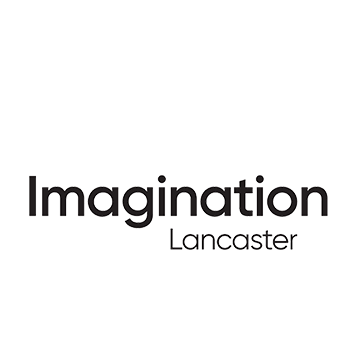Guest post from Val Todd, Head of Research and Scholarship at Blackburn College
After spending a couple of months working on developing a project to support a group of under-represented women, I went back to the women to discuss how the initial ideas had developed, before I submitted the final funding bid. The women were very enthusiastic about the project, and all seemed to be going well, until I asked the fateful question – just to check, if you could do anything at all, what would it be?
A couple of hours later, and the project had changed beyond recognition. The women have co-designed a project that was much more meaningful for them, had multiple tangible outcomes in addition to the initial outcomes of the original project, and was much easier for me to write into a funding bid because it was authentic, so I could write with conviction.
The experience of co-designing the project embedded the sense of ‘doing with’ rather than ‘doing to’ with this vulnerable group, and changed our interactions from a vertical perspective into a much more ethical horizontal perspective. This is something that is often desired but difficult to achieve, because we all start from different places and live within a system of multiple, often hidden, hierarchies.
The project outcomes are now things that the women want and need, rather than what I think they should have. I don’t have their lived experience, they are the experts in their lives, so they should be the ones developing and driving the project.
This project co-design process has now empowered the women to take ownership of the outcomes, so the interactions can develop into a genuine peer relationship between the women and the project facilitators. This is a win-win situation.
When done well, co-design is not about consulting with the user group or integrating their ideas into the bigger picture. Instead, it is about having the confidence to let go of control of your own ideas for the project along with the notion that you are the ‘expert’, and trust in the innate understanding of the people affected to deliver meaningful outcomes.
As for the women, they are excited about the project because it is truly theirs, and I don’t have to worry about lack of engagement or attrition, because they are fully invested in the outcomes. I could have saved myself lot of time and effort if I had approached the project in this way from the start. Co-design really is a recipe for success.
